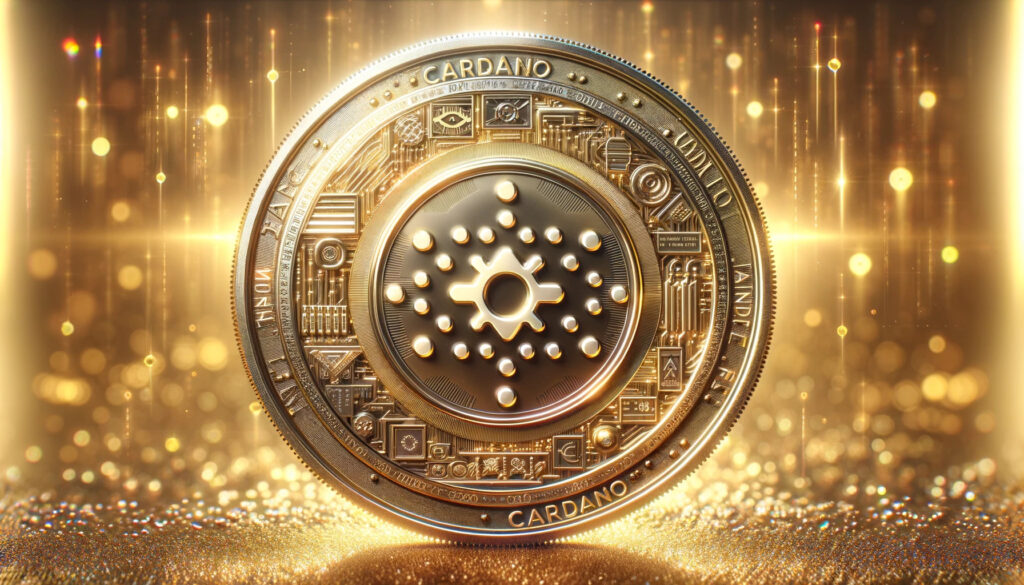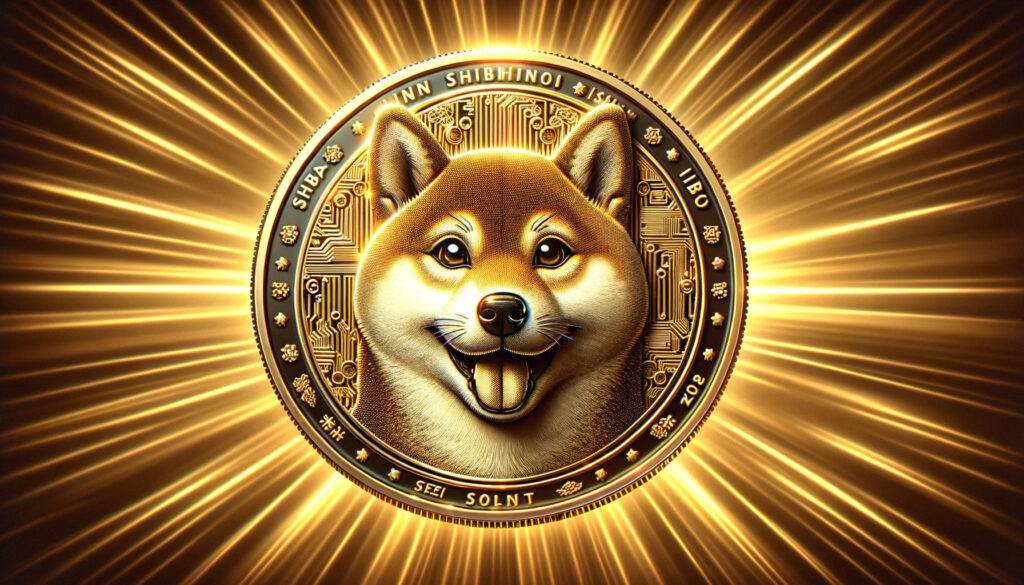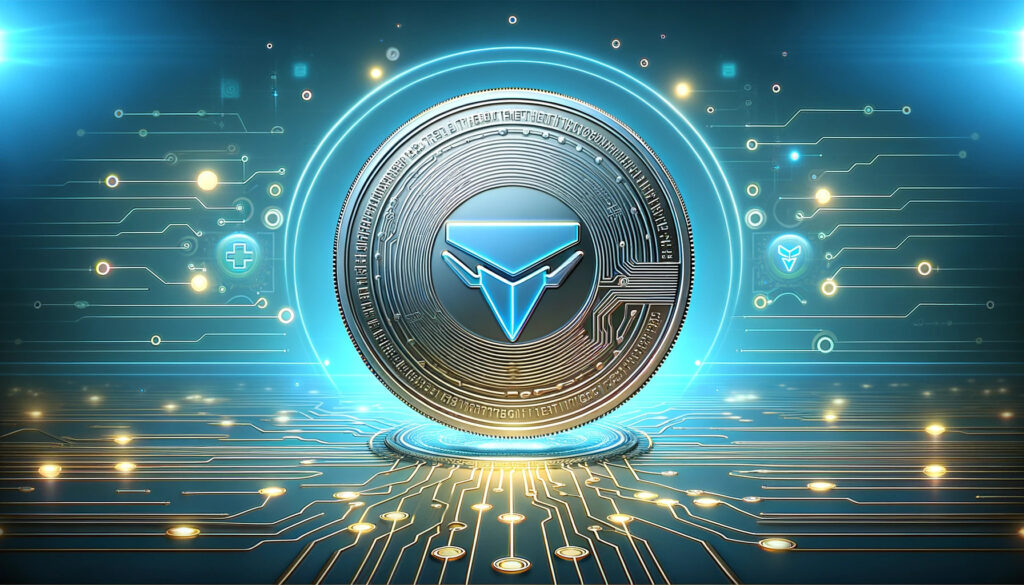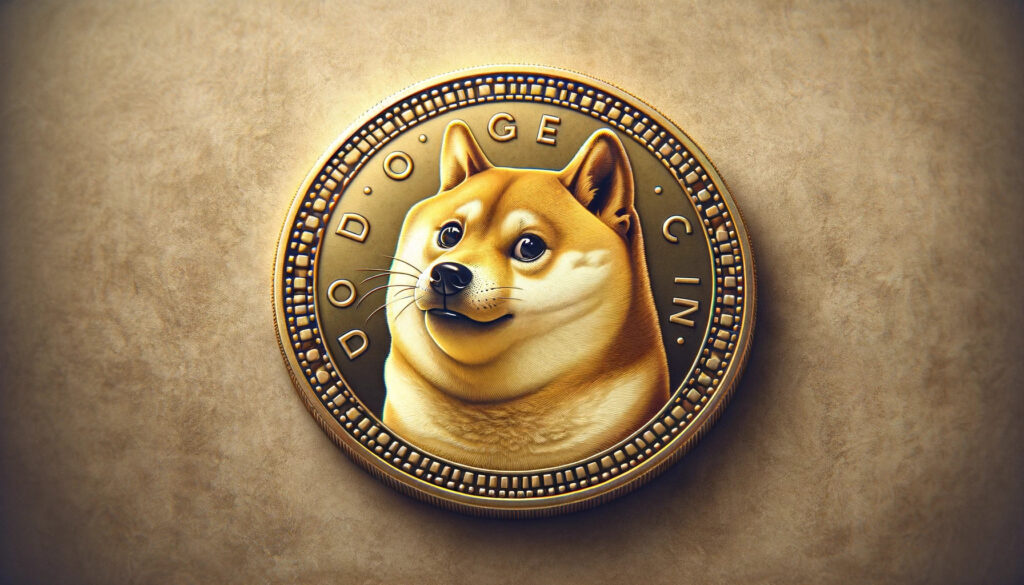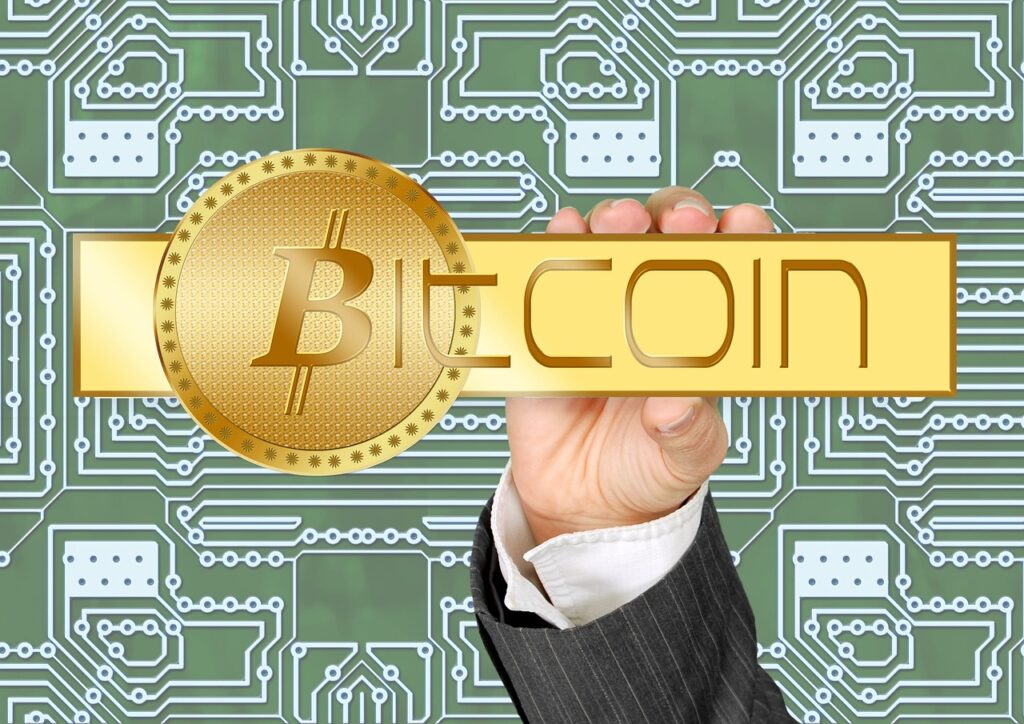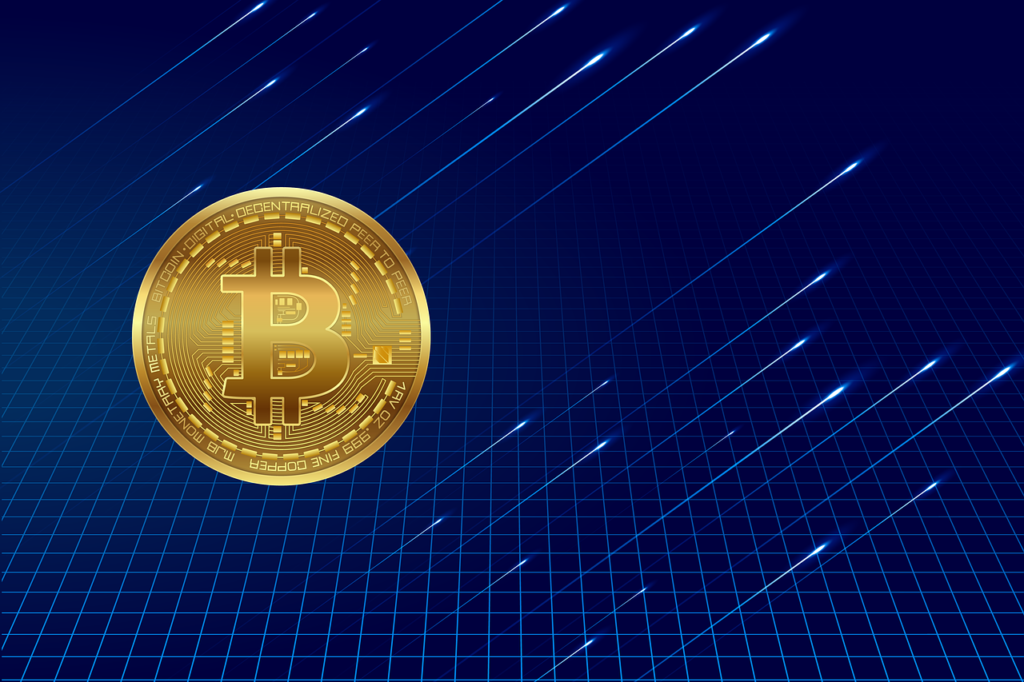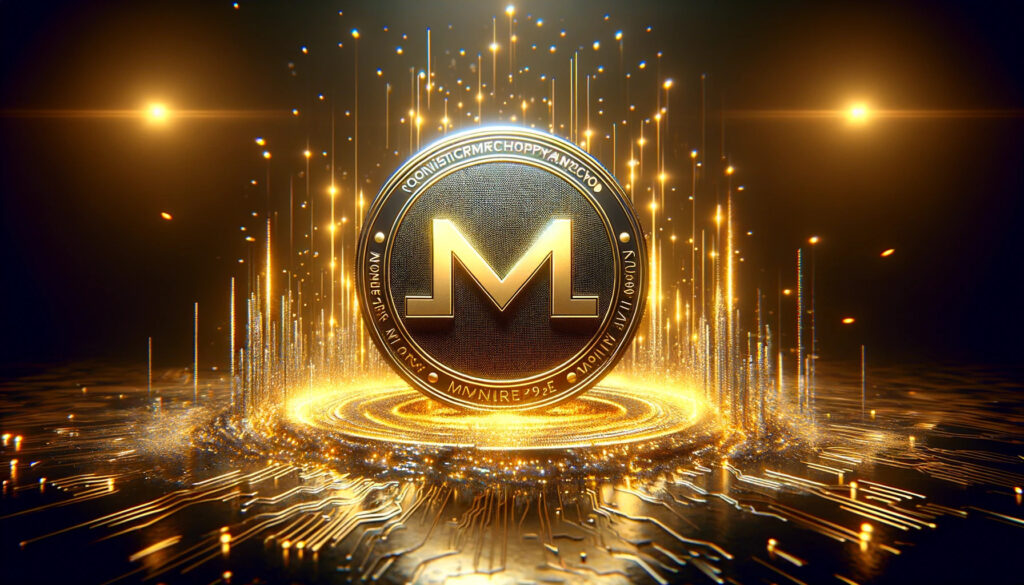
Understanding Monero – The Privacy-Centric Cryptocurrency for Beginners
Welcome to the intriguing world of Monero (XMR), a cryptocurrency that stands out in the crowded digital currency landscape for its strong emphasis on privacy and security. Unlike many other cryptocurrencies, Monero is designed to be completely anonymous, ensuring that transactions remain untraceable and unlinkable. In this beginner’s guide, we’ll dive into the essentials of Monero, explain its core features, and provide examples to illustrate its uniqueness in the crypto space.
What is Monero?
Monero is an open-source cryptocurrency created in April 2014 that prioritizes privacy and decentralization. Unlike Bitcoin, where transactions are transparent and traceable by anyone on the network, Monero uses advanced cryptography to shield transaction details, such as the identity of senders and recipients, and the amount being transferred.
Core Features of Monero
- Privacy: Monero uses three main technologies to ensure privacy:
- Ring Signatures: This technique conceals the sender’s identity by mixing their transaction with past transactions, making it impossible to link the transaction back to the original sender.
- Stealth Addresses: These are one-time addresses used for each transaction on behalf of the recipient, ensuring that the true destination of the funds remains hidden.
- RingCT (Ring Confidential Transactions): Introduced in January 2017, this feature hides the amount transferred in transactions, further enhancing privacy.
- Fungibility: Thanks to its privacy features, Monero is considered fungible, meaning one Monero coin is indistinguishable from another. This characteristic is vital because it prevents the possibility of blacklisting coins based on their transaction history.
- Decentralization: Monero’s mining process is designed to be ASIC-resistant, allowing individuals to competitively mine Monero using consumer-grade hardware. This approach helps keep the network decentralized and more resistant to mining centralization.
Why Monero?
Monero’s privacy-centric approach offers several advantages, especially for users concerned about their financial privacy online. For instance, consider Alice and Bob. Alice wants to donate to Bob’s controversial art project without attracting public attention. By using Monero, Alice can support Bob anonymously, ensuring her contribution remains private and untraceable.
How Does Monero Work?
Imagine a scenario where you decide to send 1 XMR to a friend. Here’s a simplified breakdown of the process:
- Initiation: You initiate a transaction to send 1 XMR to your friend.
- Ring Signatures: The network uses ring signatures to mix your transaction with others, making it unclear which funds were actually sent.
- Stealth Address: Your friend receives the XMR through a unique, one-time address that cannot be linked back to them.
- RingCT: The amount of XMR sent is obscured, ensuring only you and your friend know the transaction’s value.
This combination of features ensures that your transaction is private, secure, and untraceable by outsiders.
Getting Started with Monero
To begin using Monero, you’ll need a Monero wallet. There are several types available, including web wallets, mobile wallets, and hardware wallets. Once you’ve set up your wallet, you can acquire XMR through exchanges, mining, or as payment for goods or services.
Conclusion
Monero offers a compelling option for those who value privacy in their digital transactions. Its unique features ensure that users can transact securely and anonymously, making it a standout choice in the world of cryptocurrencies. Whether you’re concerned about financial privacy or just interested in the technology behind digital currencies, Monero is worth exploring.
Monero’s Technology
Monero’s groundbreaking privacy features are rooted in complex cryptographic techniques:
- Ring Signatures: Imagine a group of people, each with their own key. When one of them signs a document using a ring signature, anyone can verify that a member of the group signed the document, but they can’t determine who exactly it was. This is akin to Monero’s approach, where the real input (sender) is hidden among past transaction outputs, ensuring the actual sender remains anonymous.
- Stealth Addresses: Every time funds are sent to a Monero address, a new one-time address is generated for the transaction. It’s like sending a package to a friend each time via a new, secret drop-off location only you and your friend know about.
- RingCT: Adding another layer of privacy, RingCT hides the amount involved in a transaction. It’s akin to putting a package into an opaque, size-shifting box, so onlookers can’t guess its value based on its dimensions.
Safely Storing and Using Monero
To securely store and use Monero, you should consider the following options:
- Hardware Wallets: These physical devices offer the highest security level for storing your Monero, as they keep your private keys offline and safe from online threats.
- Mobile Wallets: For those who prefer convenience, mobile wallets provide easy access to your funds. Just be sure to download wallets from reputable sources and keep your device’s security in top condition.
- Paper Wallets: For long-term storage, a paper wallet (a physical copy of your public and private keys) can be a secure option, provided it’s kept in a safe place away from potential physical damage or prying eyes.
When using Monero, always prioritize security. Use strong, unique passwords for your wallets and consider multi-factor authentication where available. Remember, the cornerstone of cryptocurrency security is the user’s vigilance.
The Future of Privacy Coins and Monero
The evolving landscape of digital currency regulation poses both challenges and opportunities for privacy coins like Monero. As governments and financial institutions become more adept at tracking blockchain transactions, the demand for privacy-preserving cryptocurrencies is likely to grow. Monero, with its robust privacy features, is well-positioned to meet this demand. However, it will also face increased scrutiny and regulatory pressure.
Looking ahead, we can expect continued innovation in the space of privacy technologies, with Monero potentially leading the charge. The development community’s commitment to enhancing security and privacy, coupled with a growing public interest in financial privacy, suggests a bright future for Monero and other privacy coins.
In conclusion, Monero stands as a bastion of privacy in the digital age, offering users the ability to conduct transactions with confidence and anonymity. As the digital currency ecosystem evolves, Monero’s role in shaping the future of privacy-centric cryptocurrencies will undoubtedly be fascinating to watch.
Monero’s Community and Development Efforts
Monero’s development is fueled by a passionate and active community. This community not only contributes to the technical development of the coin but also plays a crucial role in advocacy, education, and outreach efforts. They organize meetings, write documentation, and offer support to new users, reflecting a strong, decentralized ethos.
- Open Source and Decentralized: Monero’s open-source nature means that anyone with the skills can contribute to its codebase, propose improvements, or build on its technology for other projects.
- Research Lab: The Monero Research Lab, composed of academics and volunteers, continuously explores new privacy-enhancing techniques, ensuring Monero stays at the forefront of cryptographic research.
- Funding System: The Monero community utilizes a crowdfunding system to finance proposals for improving the network, highlighting the collective approach to its evolution.
Regulatory Challenges Facing Privacy Coins
Privacy coins navigate a complex regulatory landscape. Their ability to provide strong anonymity features puts them at odds with governments and regulatory bodies concerned about their potential use for illicit activities. Here’s how this tension plays out:
- Increased Scrutiny: Privacy coins like Monero face closer examination from regulatory bodies, which could lead to stricter compliance requirements or outright bans in certain jurisdictions.
- Balancing Act: The Monero community and other privacy coin proponents are in a continuous dialogue with regulators, aiming to find a balance between privacy rights and legal compliance.
- Innovation vs. Regulation: The ongoing development of privacy technologies often outpaces regulatory frameworks, creating a dynamic tension between innovation and control.
Other Privacy-Focused Cryptocurrencies
Monero isn’t the only player in the privacy coin arena. Other cryptocurrencies also offer privacy features, albeit with different approaches and technologies:
- Zcash (ZEC): Utilizes zk-SNARKs to enable selective transparency of transactions. Users can choose between shielded and transparent transactions, offering flexibility based on privacy needs.
- Dash (DASH): Offers a „PrivateSend“ feature, which mixes transactions to obscure their origins. While not as privacy-focused as Monero or Zcash, it provides enhanced privacy compared to traditional cryptocurrencies.
- Horizen (ZEN): Utilizes zk-SNARKs within a sidechain framework to enable both private and public transactions, aiming for a scalable privacy solution.
Each of these cryptocurrencies contributes to the broader dialogue on privacy, offering users a range of options based on their specific needs and concerns.
In summary, the intersection of privacy, cryptocurrency, and regulation presents a fertile ground for ongoing debate and development. As privacy continues to be a paramount concern for many in the digital age, Monero and its peers are likely to play a significant role in the evolving narrative of financial privacy and digital freedom.


